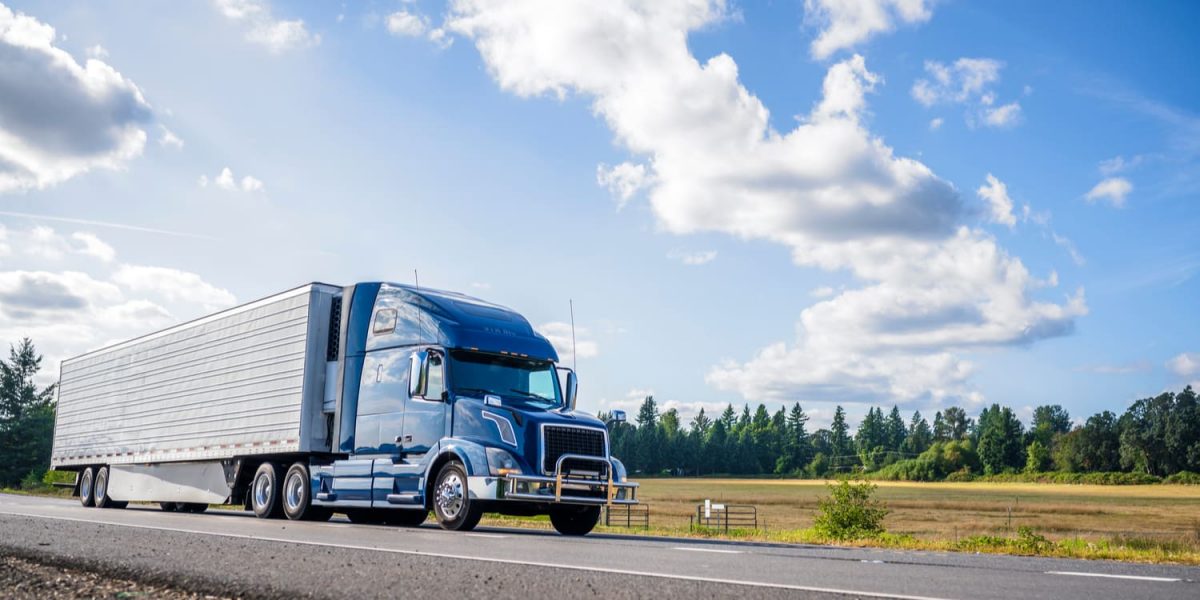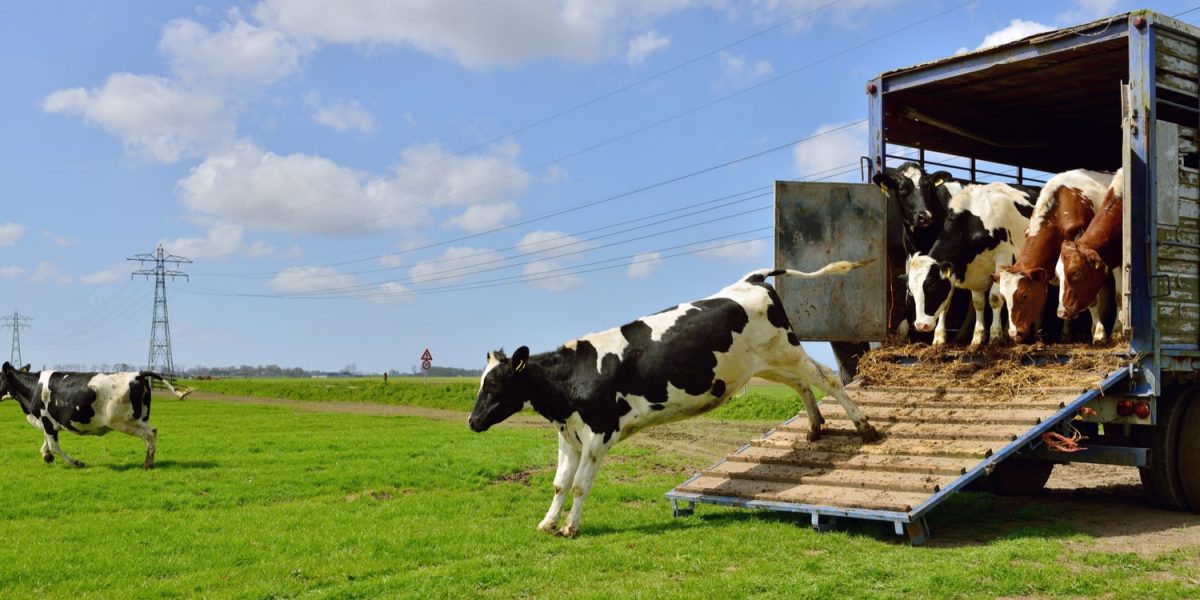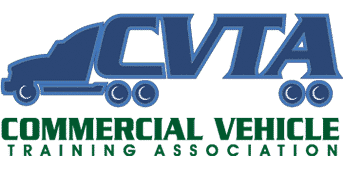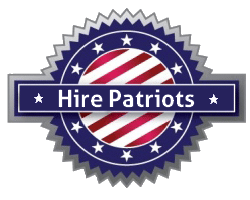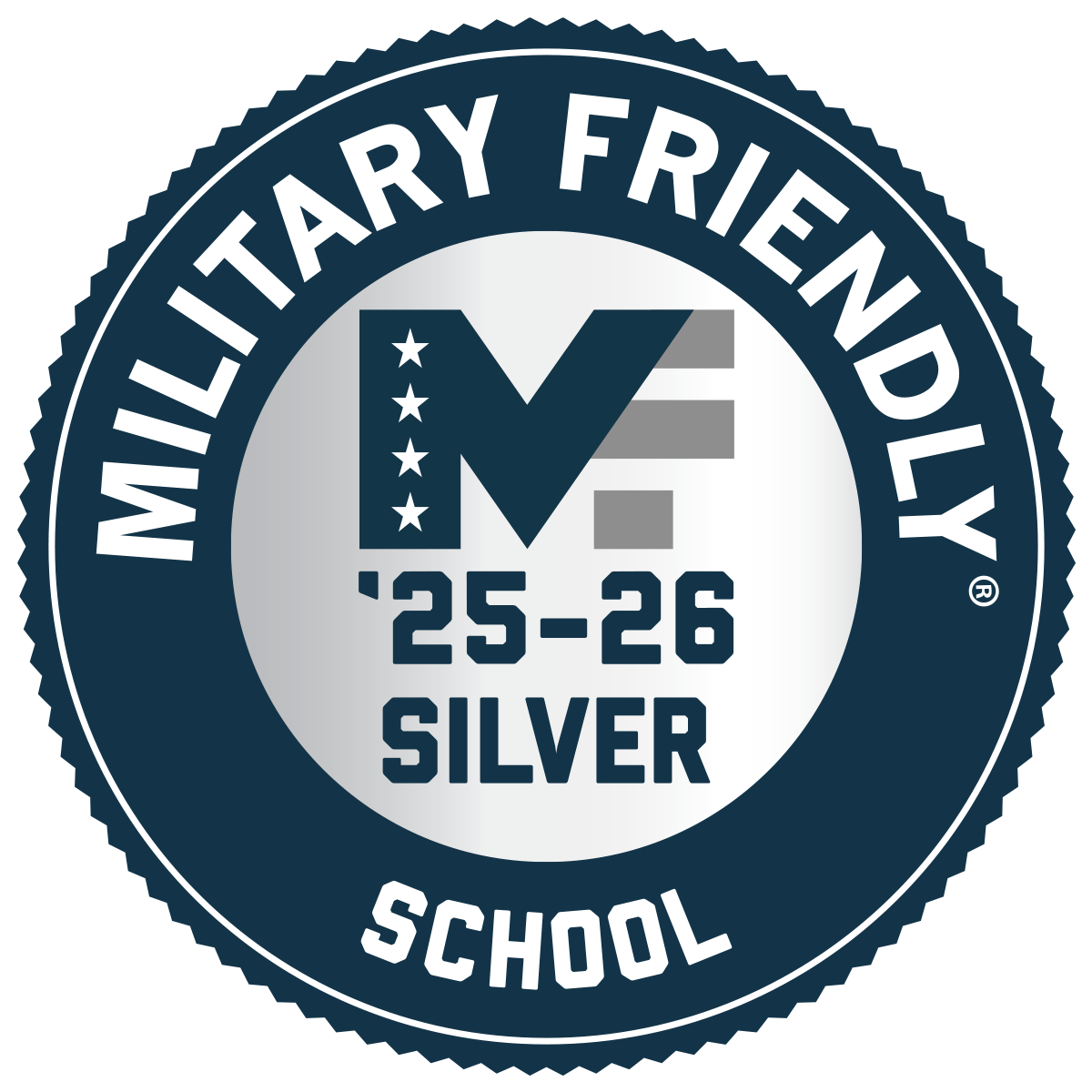In 2019, the most recent year for which data is available, 3,142 people were killed in traffic accidents where distracted driving was a factor. This is according to the National Highway Traffic Safety Administration (NHTSA), which also estimates that 18% of injury-causing crashes involve distracted driving. All drivers have a responsibility to avoid distractions, but this is even more important for commercial drivers due to the large size of their vehicles and the increased time they spend on the road.
Types of Distracted Driving
Any type of distraction on the road is dangerous and it’s important to be aware of the potential varieties so you know what to avoid.
There are three types of distractions:
- Manual distractions take your hands off the wheel.
- Visual distractions take your eyes off the road.
- Cognitive distractions take your mind off the task of driving.
Many distractions fall into multiple categories. For example, texting while driving is a manual, visual, and cognitive distraction.
What Counts as a Distraction?
Some actions are obviously distracted driving. Texting and driving, for example, is what comes to mind first for most people when they hear this term. Other behaviors can be more difficult to pinpoint as distracted driving, although they are still dangerous. One example of this is talking hands-free on the phone. Many people mistakenly believe this is safe, but research demonstrates that it still poses a danger due to cognitive distraction.
When in doubt, you can likely assume that if you have to ask if a behavior will distract you while driving, it probably does. It’s better to be overly cautious than to put yourself and others at risk.
Why is Distracted Driving Dangerous?
Although many people may think they’re good at multitasking, the truth is that our brains have a limited ability to manage multiple tasks at once. Research shows that multitasking reduces performance and focus. You’ve probably experienced this before. For example, if you’ve ever watched a movie or television show while scrolling on your phone, you may have noticed that you miss parts of the story.
While the above example is relatively harmless, imagine the impact this loss of attention can have when you’re behind the wheel! At 55 miles per hour (mph), your vehicle travels the length of a football field in the time it takes to read a text. Think about how much can change in this short span of time, and it should be clear why distracted driving is so dangerous.
Your Responsibility to Drive Safely
Your actions as a driver affect not only yourself but also others on the road. You have a responsibility to practice safe driving, and this includes avoiding distractions. This is true whether you are a commercial driver or not, but if you do choose to become a trucker, safety is something that should be at the forefront of your mind at all times.
Earn Your CDL
If you are a safe driver and are interested in driving for your career, Phoenix Truck Driving Institute can help you get started. We can help you earn your commercial driver’s license (CDL) in as little as four weeks.







